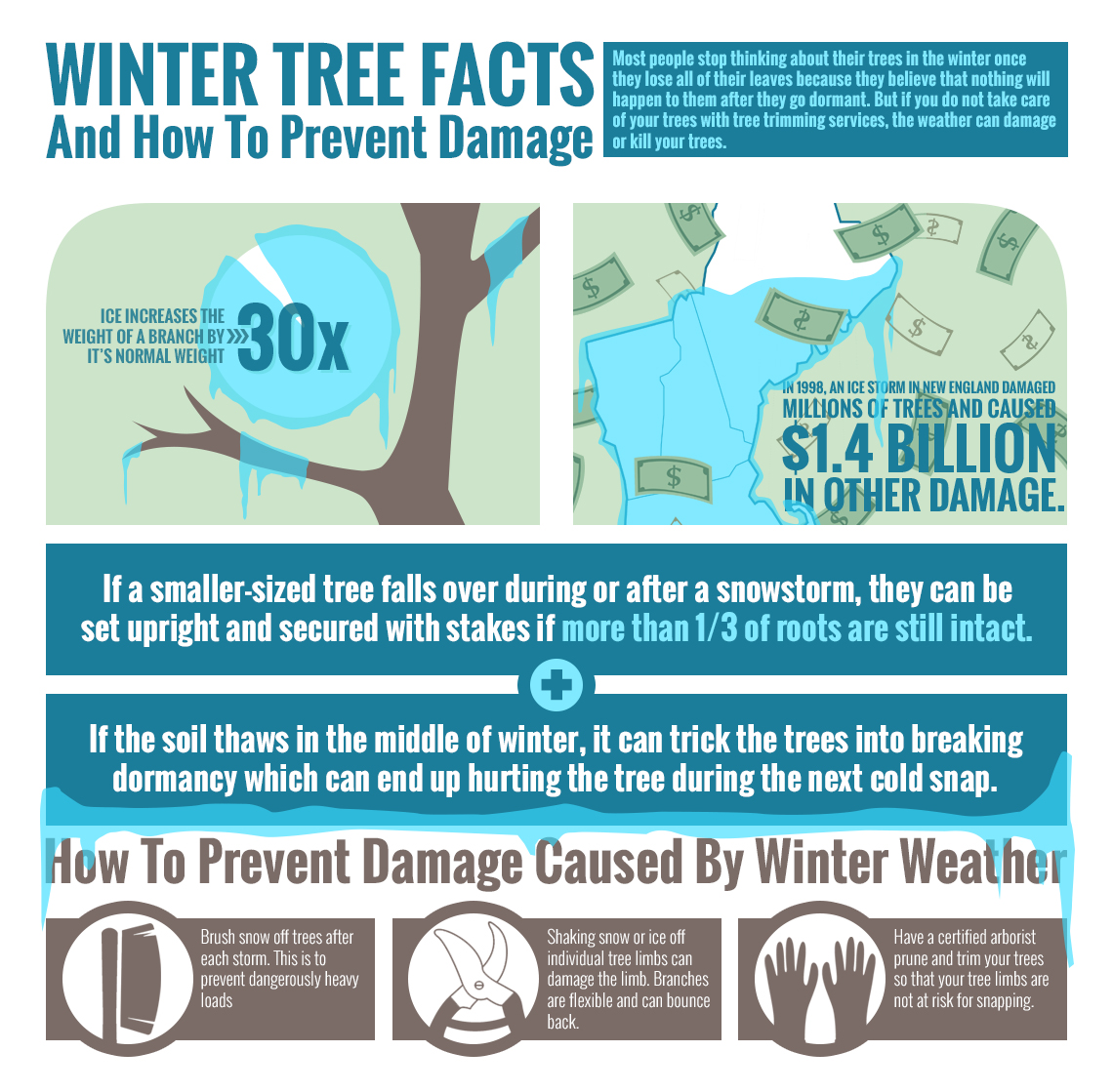Post-Tree Elimination Maintenance Is Vital For Restoring Your Landscape; Learn Key Actions To Rejuvenate Your Location And Avoid Possible Troubles
Post-Tree Elimination Maintenance Is Vital For Restoring Your Landscape; Learn Key Actions To Rejuvenate Your Location And Avoid Possible Troubles
Blog Article
Web Content Created By-Graham Mejia
After a tree's elimination, your landscape may look rather different, and it's important to evaluate the consequences meticulously. You'll intend to assess the dirt disturbance and examine surrounding plants for any indications of tension. Overlooking these factors can cause bigger troubles down the line. So, what should you perform with those stumps and origins? And just how do you select the very best plants for your rejuvenated room? Let's explore these crucial steps.
Assessing the Aftermath: Assessing Your Landscape
After a tree removal, it's crucial to assess your landscape to recognize the impact it carries your backyard.
Begin by analyzing the area where the tree stood. Seek indicators of dirt disturbance, and examine the bordering plants for any stress or damages.
You ought to likewise make note of how the removal has transformed sunlight exposure and air movement in your garden. This change can influence the growth of close-by plants, so it's vital to evaluate their wellness.
Think about the aesthetic facets also; the removal could produce an open space that you can revamp.
Lastly, think of any kind of possible disintegration problems that could arise from the tree's lack. Attending to these aspects early will aid bring back balance to your landscape.
Taking care of Stumps and Roots: Options for Removal
Once you've evaluated the after-effects of the tree elimination, you'll likely require to tackle the stump and roots left behind.
You have a few options for removal. One effective technique is stump grinding, where an expert utilizes a maker to grind the stump down to underground degree. This technique leaves very little disruption to your landscape.
If you favor a DIY technique, you can utilize a mix of digging and chemical stump eliminators. Simply bear in mind, this process can take time and initiative.
Alternatively, think about leaving the stump as an all-natural attribute, which can work as an unique garden component or environment for wildlife.
Whatever you select, dealing with the stump and origins is necessary for restoring your landscape.
Selecting the Right Plants for Your New Space
As you evaluate your freshly removed space, choosing the right plants can substantially boost your landscape's appeal and performance.
Beginning by thinking about the sunshine and dirt problems. For sunny areas, opt for drought-resistant plants like lavender or succulents. In shaded areas, brushes and hostas prosper well.
Think of the dimension and development habits of your plants; mix perennials and annuals for seasonal selection. Don't fail to remember to incorporate indigenous types; they need much less maintenance and support neighborhood wild animals.
Team plants in strange numbers for a more natural appearance and develop layers for visual depth.
Ultimately, guarantee you have a mix of colors and textures to keep your landscape lively throughout the seasons.
Pleased planting!
Final thought
Finally, restoring your landscape after tree removal is a satisfying procedure. By examining the aftermath, addressing stumps and roots, and picking the right plants, you'll create a growing atmosphere. Do not forget to integrate erosion control measures to shield your soil. With simply click the up coming internet page and treatment, you can change your space into a vibrant yard that enhances your residential property. Accept the possibility to invigorate your landscape and take pleasure in the charm of nature right in your yard!
